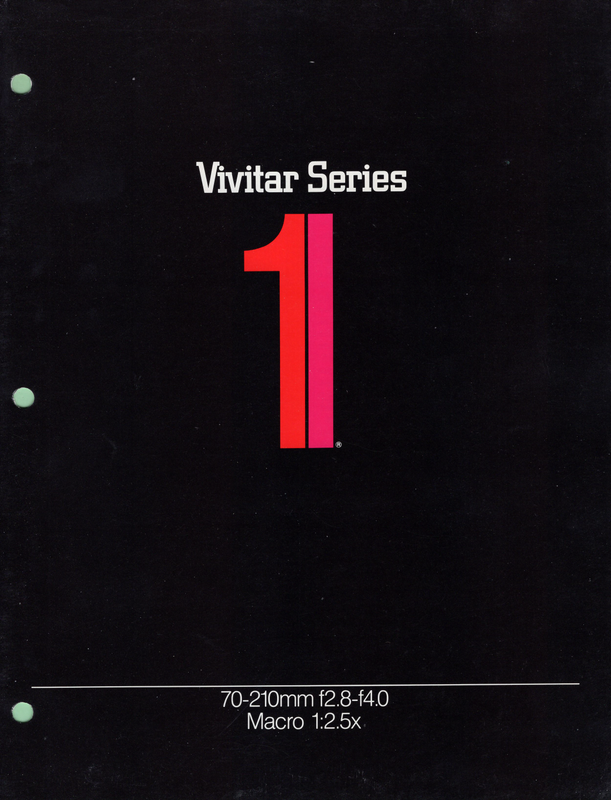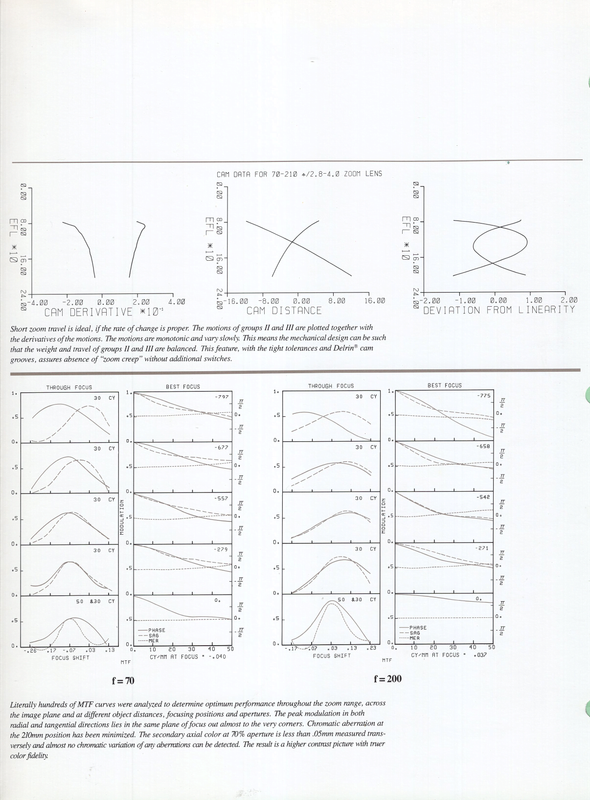I purchased this lens from eBay and it’s one of the most versatile I own.
3.5 all the way through. 70-210mm. Heavy and built like a tank.
if you do purchase one there are many variants. You should know the first few versions are generally better being made by better optical companies.
Vivitar never made their own lenses, they started as an import company and saw a lack of support for zoom lenses in the late 1970s.
they contracted their products out to various companies and badged them Vivitar Series 1.
When buying be sure to sort out the serial numbers to know which version, you can see everything about them at this link:
https://www.pentaxforums.com/userreviews/vivitar-series-1-70-210-line.html
dont buy the lens if you cannot see the serial number on the listing
don’t be out off that it’s a Pentax page, these were made for Minolta, canon, and M42.
anyway when you buy be sure that the macro switch works and also that you know what to use it.
macro is engaged by putting the lens at 210mm, pressing the button and turning the ring. Doing it otherwise will break the lens making it almost useless.
this lens is incredibly sharp at 5.6 and although the slide to focus macro can be a pain when it does focus you get wonderfully sharp results.
i shot these on a Lumix G9. These were run through Lightroom and cleaned up with Topaz Sharpen and Topaz Denoise.


Beer park at the Paris hotel Las Vegas

Springs preserve Las Vegas

Springs preserve Las Vegas

Brahman shrine at Caesars Palace Las Vegas
3.5 all the way through. 70-210mm. Heavy and built like a tank.
if you do purchase one there are many variants. You should know the first few versions are generally better being made by better optical companies.
Vivitar never made their own lenses, they started as an import company and saw a lack of support for zoom lenses in the late 1970s.
they contracted their products out to various companies and badged them Vivitar Series 1.
When buying be sure to sort out the serial numbers to know which version, you can see everything about them at this link:
https://www.pentaxforums.com/userreviews/vivitar-series-1-70-210-line.html
dont buy the lens if you cannot see the serial number on the listing
don’t be out off that it’s a Pentax page, these were made for Minolta, canon, and M42.
anyway when you buy be sure that the macro switch works and also that you know what to use it.
macro is engaged by putting the lens at 210mm, pressing the button and turning the ring. Doing it otherwise will break the lens making it almost useless.
this lens is incredibly sharp at 5.6 and although the slide to focus macro can be a pain when it does focus you get wonderfully sharp results.
i shot these on a Lumix G9. These were run through Lightroom and cleaned up with Topaz Sharpen and Topaz Denoise.


Beer park at the Paris hotel Las Vegas

Springs preserve Las Vegas

Springs preserve Las Vegas

Brahman shrine at Caesars Palace Las Vegas
Last edited:









